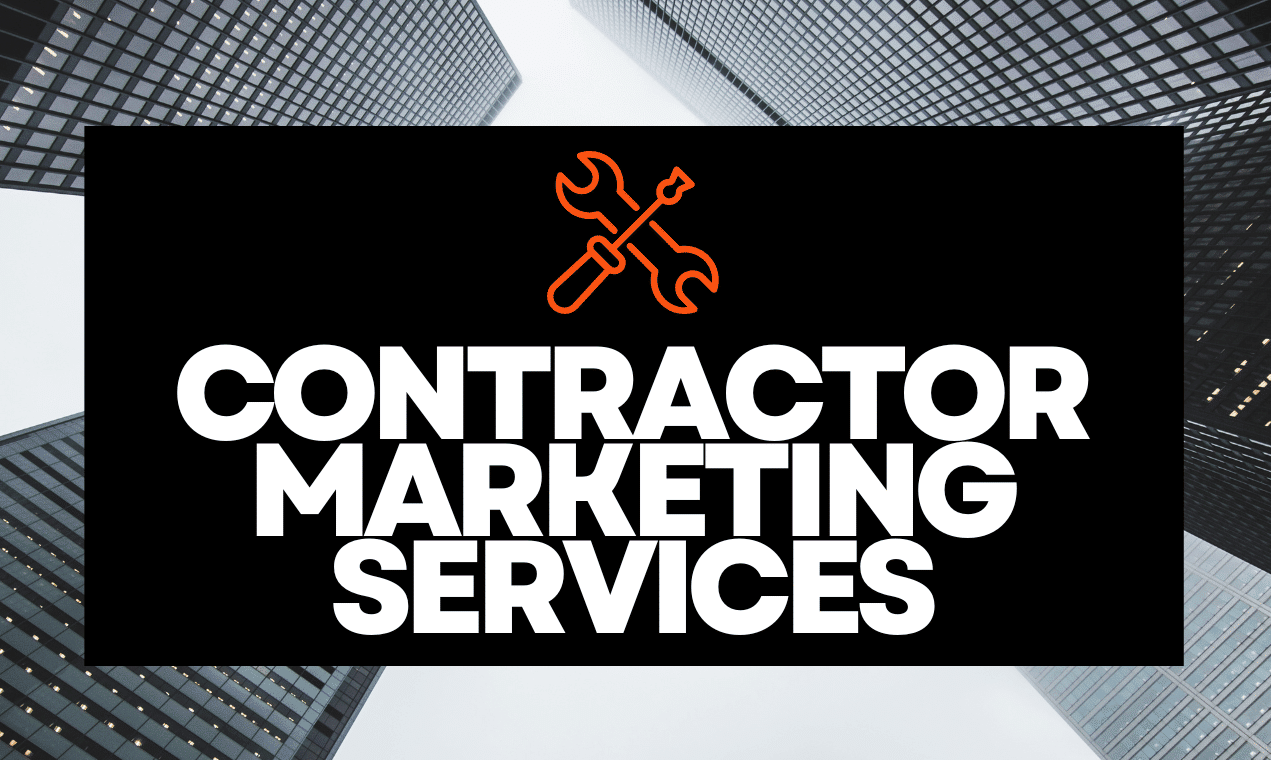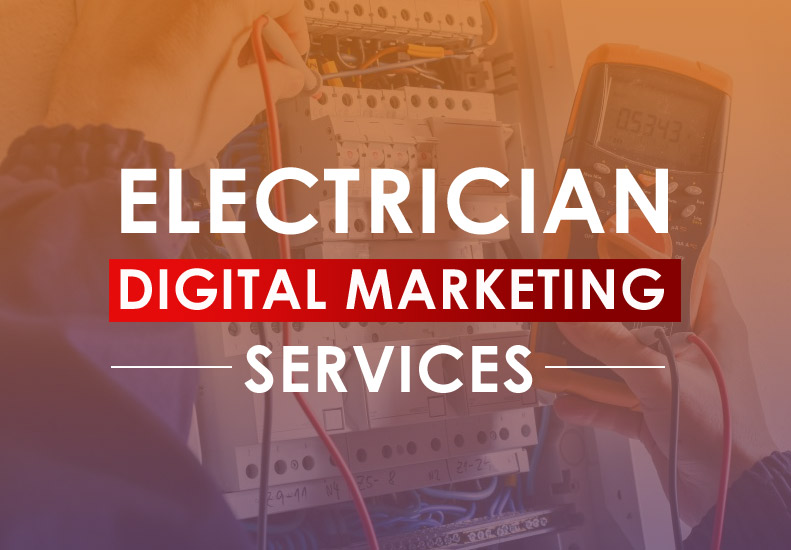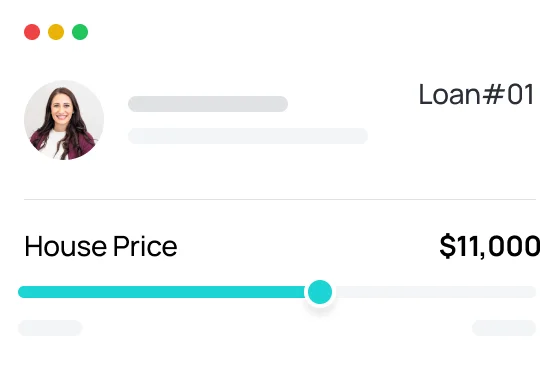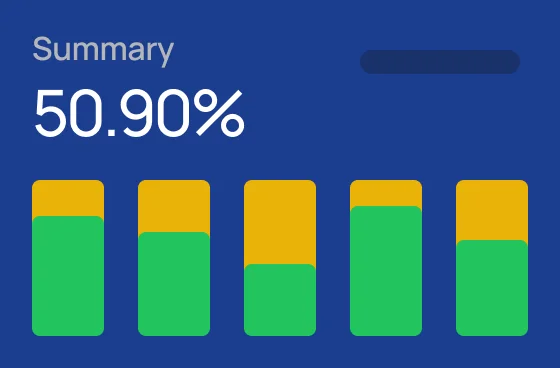Top 10 Google Ads Features Every Business Should Be Using
In the competitive world of digital marketing, leveraging the right Google Ads features is essential for businesses of all sizes. These tools enable marketers to target their ideal audience, maximize ROI, and stay ahead of the competition. Whether you’re a small startup or a global enterprise, the importance of effectively utilizing Google Ads to drive targeted traffic cannot be overstated. In this guide, we’ll explore the top 10 Google Ads features that every business should use to unlock greater marketing success.

1. Smart Bidding
Smart Bidding is a set of automated bidding strategies that utilize machine learning to optimize your campaigns for conversions. By analyzing historical data and predicting how likely a click will lead to a sale, Smart Bidding adjusts your bids in real-time to achieve the best results.
How It Works:
Smart Bidding algorithms automatically manage your bids based on a combination of factors, such as device type, location, time of day, and user intent. This reduces manual effort and helps businesses focus on strategy while the system works to maximize results.
Key Strategies:
- Target CPA (Cost Per Acquisition): Automatically sets bids to help you get as many conversions as possible at your target CPA.
- Target ROAS (Return on Ad Spend): Sets bids to maximize revenue based on a specific return on ad spend.
Using Smart Bidding allows businesses to optimize ad spend while achieving better results, saving both time and resources.
2. Audience Targeting
Audience targeting in Google Ads allows businesses to reach users who are most likely to engage with their ads. By leveraging advanced targeting options, you can create customized campaigns tailored to specific user segments based on behavior, interests, or demographics.
Types of Audience Targeting:
- Custom Audiences: Target users based on keywords, URLs, and apps related to their interests.
- Affinity Audiences: Reach users who have demonstrated a strong interest in a particular subject.
- In-Market Audiences: Target users actively searching for products or services in your industry.
Example:
A fitness brand can target in-market audiences looking to buy workout gear or reach those with an affinity for health and wellness. By honing in on users who are ready to make a purchase, businesses can ensure their ads resonate with the right audience, ultimately driving more conversions.


3. Ad Extensions
Ad extensions are an essential tool for boosting your ad’s visibility and increasing click-through rates (CTR). By providing additional information directly in your ad, you offer more value to users, encouraging them to take action.
Types of Ad Extensions:
- Sitelink Extensions: Link to specific pages on your website, such as product categories or special offers.
- Call Extensions: Add a clickable phone number, allowing users to call your business directly.
- Location Extensions: Include your business address, making it easier for local users to find you.
- Structured Snippet Extensions: Highlight specific features of your products or services, such as categories or amenities.
Why They Matter:
Using ad extensions makes your ad stand out, offering users more reasons to engage with your business. For example, a restaurant could use location extensions to show its address, helping users easily navigate to the venue. By giving users multiple ways to interact with your business, you increase the chances of conversion.
Our Expertise
Plumber Marketing Agency

Contractor Marketing Agency

Electrician Marketing Agency

Landscaping SEO

HVAC Digital Marketing

Plumber Marketing Agency

Contractor Marketing Agency

Electrician Marketing Agency

Landscaping SEO

HVAC Digital Marketing




Why Mad Science SEO?
Proven Results: Our strategies are backed by data and proven to deliver results.
Industry Expertise: We specialize in marketing for service businesses, understanding the unique challenges and opportunities in your industry.
Customized Strategies: Every business is different, and we tailor our approach to meet your specific needs and goals.
Dedicated Support: Our team is committed to your success, providing ongoing support and adjustments to ensure optimal performance.
4. Google Ads Conversion Tracking
To truly understand the effectiveness of your campaigns, it’s crucial to implement Google Ads conversion tracking. This feature allows businesses to track important actions, such as form submissions, product sales, and phone calls, directly from ads.
Why It’s Important:
By tracking conversions, you can measure the success of your campaigns in real-time. This data provides valuable insights into what’s working and what needs improvement. Moreover, conversion tracking allows you to optimize campaigns for the actions that matter most to your business.
How to Set It Up:
- Track online sales by placing a conversion tracking code on your checkout page.
- Set up form submission tracking by monitoring users who fill out contact forms.
- Enable phone call tracking to log conversions from users who call your business directly through your ads.
The insights gained from conversion tracking empower businesses to make data-driven decisions, ensuring every marketing dollar is well spent.


5. Responsive Search Ads (RSAs)
Responsive Search Ads (RSAs) dynamically adjust your ad copy to match different search queries. By creating multiple headlines and descriptions, Google Ads can mix and match these elements to display the most relevant combinations based on the user’s search intent.
Benefits of RSAs:
- Increased Relevance: RSAs help ensure that your ad is more closely aligned with the user’s search, leading to higher engagement and CTR.
- Higher Efficiency: Instead of creating multiple versions of the same ad, RSAs allow you to test different headlines and descriptions automatically.
Best Practices:
- Use at least 3-5 distinct headlines and 2-3 descriptions.
- Include popular keywords in your headlines to match user queries.
For businesses looking to improve ad relevance and performance, RSAs offer an efficient and powerful way to increase engagement while minimizing manual adjustments.
6. Negative Keywords
To maximize your ad budget, you need to prevent irrelevant clicks that waste your money. This is where negative keywords come in. By excluding terms that don’t align with your goals, you can ensure your ads only appear for searches with intent that matches your business offering.
How Negative Keywords Save Budget:
Adding negative keywords to your campaigns prevents your ads from appearing in searches that are irrelevant to your business. For example, a luxury shoe store could add “free shoes” to its list of negative keywords to avoid clicks from users looking for free products.
This helps to refine your audience, reduce wasted ad spend, and ensure that only the most qualified leads are clicking on your ads.


7. Remarketing
Remarketing allows you to reconnect with users who have previously visited your site but didn’t complete a desired action. By serving these users tailored ads, you can nurture them down the funnel and increase your chances of conversion.
Benefits of Remarketing:
- Higher Conversion Rates: Re-engaging users who have shown interest in your products is more likely to result in conversions.
- Increased Brand Recall: Even if a user doesn’t convert right away, remarketing helps keep your brand top of mind.
Example:
A user browses your website but doesn’t make a purchase. Through dynamic remarketing, you can show ads featuring the exact products they viewed, encouraging them to return and complete the purchase.
Remarketing is a powerful tool to capitalize on missed opportunities and drive repeat engagements with your audience.
8. Geo-Targeting
Geo-targeting allows businesses to display their ads to users within specific geographic locations. This feature is particularly useful for local businesses or those targeting specific markets.
Why Geo-Targeting is Important:
For businesses that operate in a defined area, such as a physical store or service area, geo-targeting ensures ads are only shown to users within that area. This prevents wasted ad spend on users who are outside your service zone.
Example:
A local bakery could target users within a 5-mile radius of its store, ensuring only relevant, local traffic sees their ads.
Geo-targeting allows businesses to focus their marketing efforts where they are most likely to convert, providing hyper-local, highly targeted advertising.
9. Ad Scheduling
Ad scheduling allows businesses to display their ads only during specific times of the day or week. This can help improve ad efficiency by aligning ads with the times your target audience is most likely to engage.
Benefits of Ad Scheduling:
- Increased Efficiency: Only run ads during peak hours when your audience is most active.
- Better Budget Allocation: Avoid running ads during off-hours when engagement is low.
Example:
A B2B company could schedule ads to run during business hours, when decision-makers are most likely to be browsing while turning them off on weekends.
Ad scheduling ensures that your marketing efforts are focused on optimal times, making the most of your ad budget.


10. Google Ads Performance Planner
The Google Ads Performance Planner helps businesses forecast the performance of their campaigns and adjust bids, budgets, and targeting strategies to meet their goals.
Key Benefits:
- Data-Driven Insights: The Performance Planner uses historical data and machine learning to predict how changes to your campaign will impact performance.
- Budget Optimization: By simulating different budget levels, businesses can see how adjustments will affect outcomes, allowing for smarter financial planning.
Example:
A business could use the Performance Planner to predict the impact of increasing its monthly budget by 10%. The tool provides insights into how this would affect metrics like clicks, conversions, and overall revenue.
By providing a clear roadmap, the Performance Planner enables businesses to make informed decisions that align with their marketing goals.
Conclusion
Maximizing the potential of Google Ads requires more than just setting up campaigns—it demands strategic use of the platform’s most powerful features. From Smart Bidding and Audience Targeting to Remarketing and Conversion Tracking, these tools are essential for driving better results, reducing wasted ad spend, and ensuring a high return on investment. Whether you’re just starting or looking to optimize existing campaigns, leveraging these top 10 Google Ads features will help propel your business to new heights in 2025 and beyond
